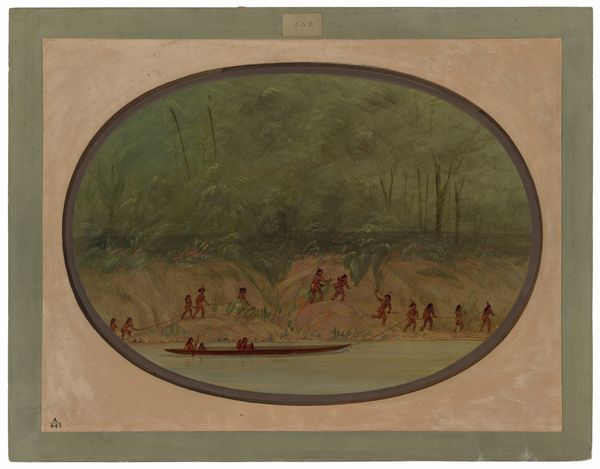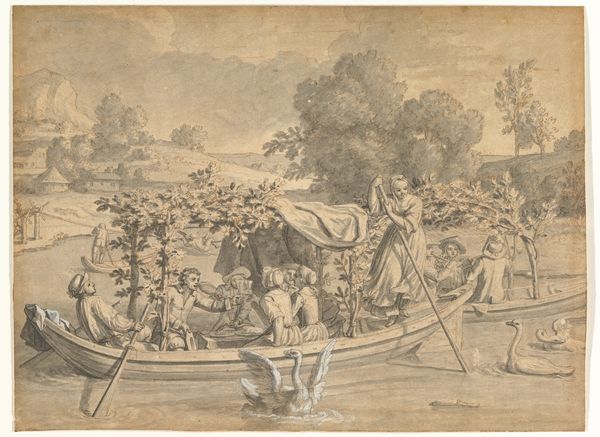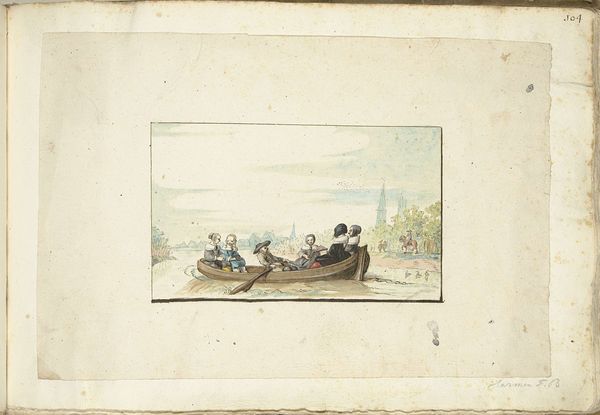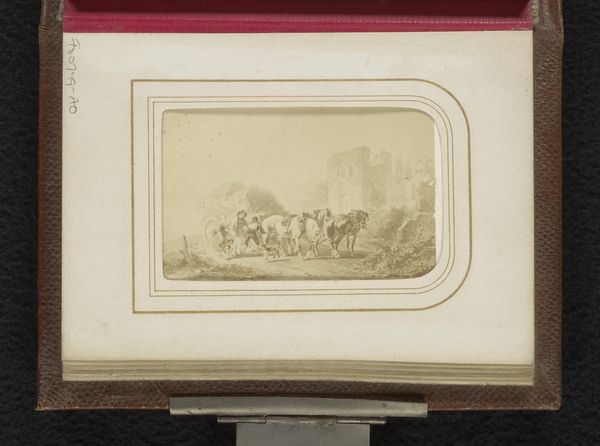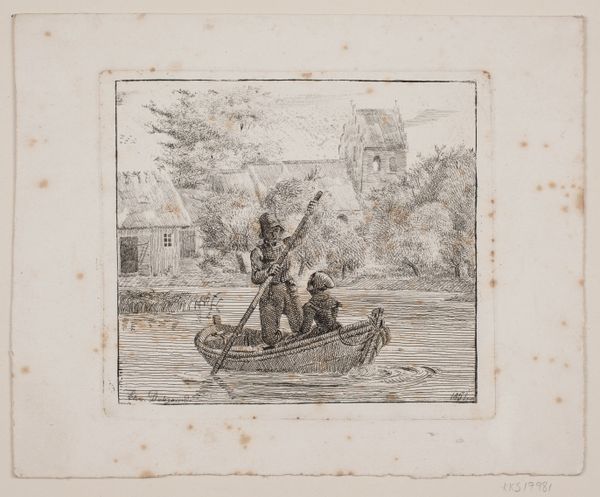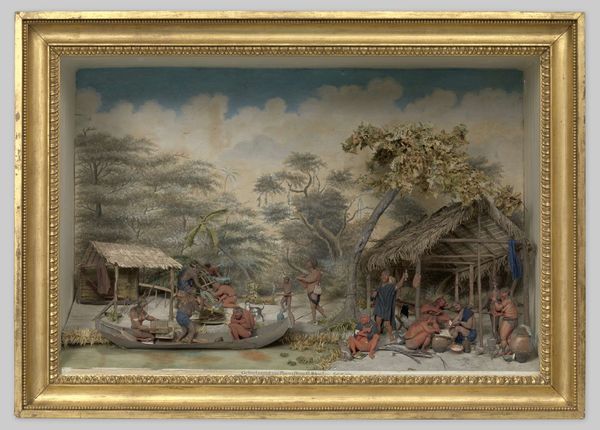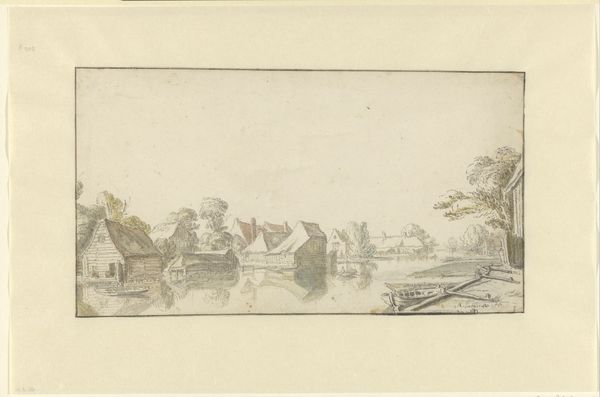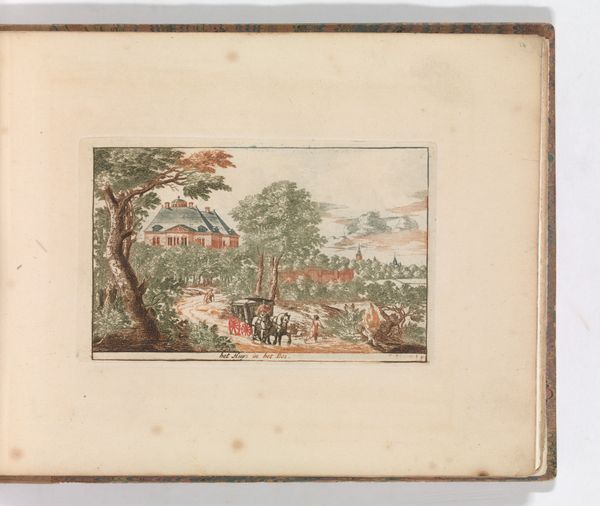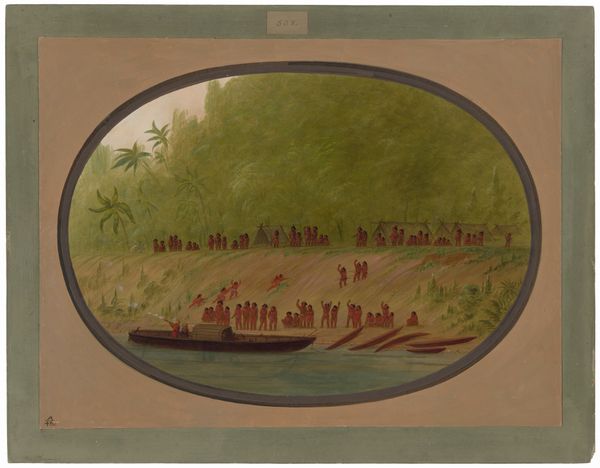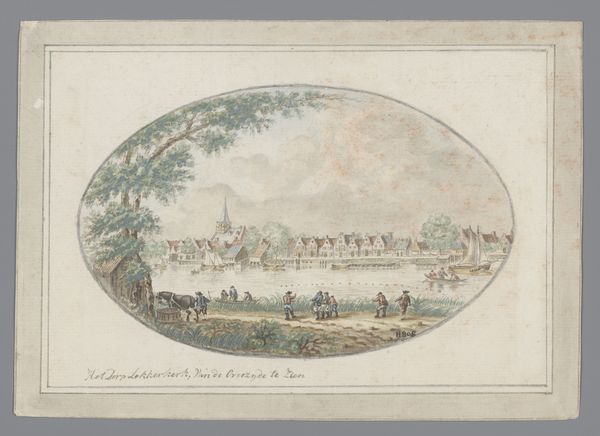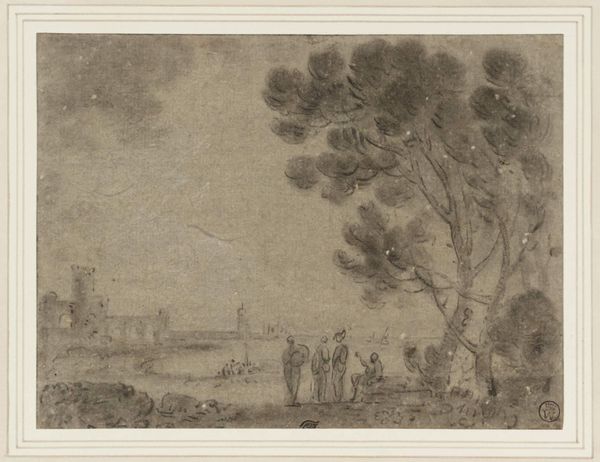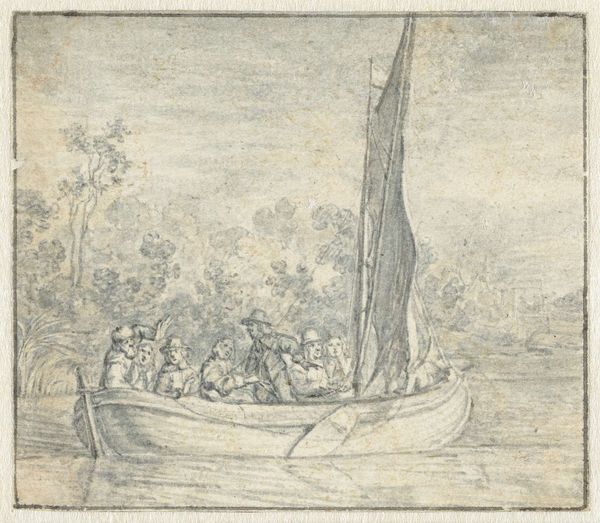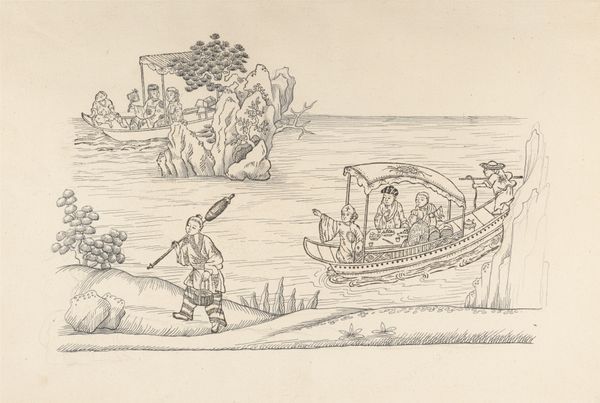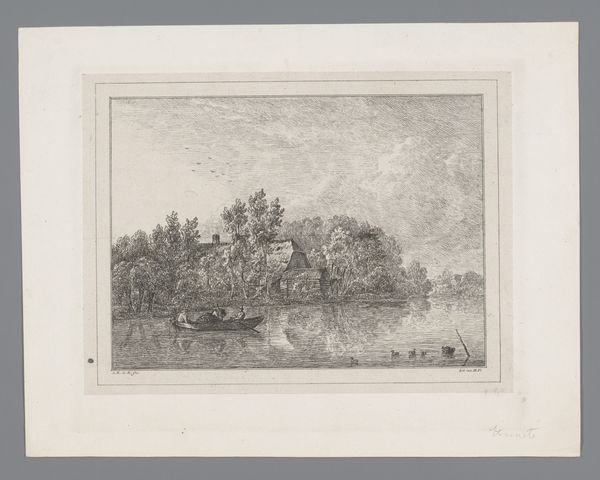
mixed-media, sculpture
mixed-media
sculpture
asian-art
landscape
sculpture
genre-painting
miniature
Dimensions: height 21.8 cm, width 33.3 cm, depth 11 cm, height 28 cm, width 38 cm
Copyright: Rijks Museum: Open Domain
Editor: This diorama from 1817, titled "Diorama with a Tent Boat," is by Gerrit Schouten. It’s a mixed-media piece, almost like a tiny stage. What immediately strikes me is how it seems to capture a very specific, almost theatrical moment. How do you interpret the historical context surrounding a piece like this? Curator: It’s crucial to recognize these dioramas as products of a very particular colonial gaze. Schouten, though of mixed European and Indonesian heritage, catered to a European clientele eager for depictions of the exotic East. This piece, like many others, wasn't simply reflecting reality but actively constructing a narrative of the Indies. Editor: A constructed narrative… interesting. So it's not just a slice of life? Curator: Not at all. Consider the "tent boat" itself. These were often associated with colonial officials or wealthy merchants. The diorama then becomes a symbol of power, subtly reinforcing the colonial hierarchy for its intended European audience. Even the miniaturization aspect plays a role. What does miniaturization do to our perception? Editor: It creates a sense of control, almost like owning a piece of another world. The exotic becomes manageable, palatable. Curator: Precisely! And how does that connect to the museums displaying the art? Museums became places for classifying and containing objects from distant lands. In essence, objects like this diorama served a political purpose by showcasing colonial power and knowledge. Editor: So, it’s more than just a pretty scene in a box. It's about power, control, and the politics of representation. This changes my perspective completely! Curator: Absolutely! Looking beyond the surface allows us to see how art participates in shaping broader social and political landscapes, revealing not only what was seen, but why it was shown that way in the first place. It’s always more complicated and richer than what you first observe.
Comments
No comments
Be the first to comment and join the conversation on the ultimate creative platform.
